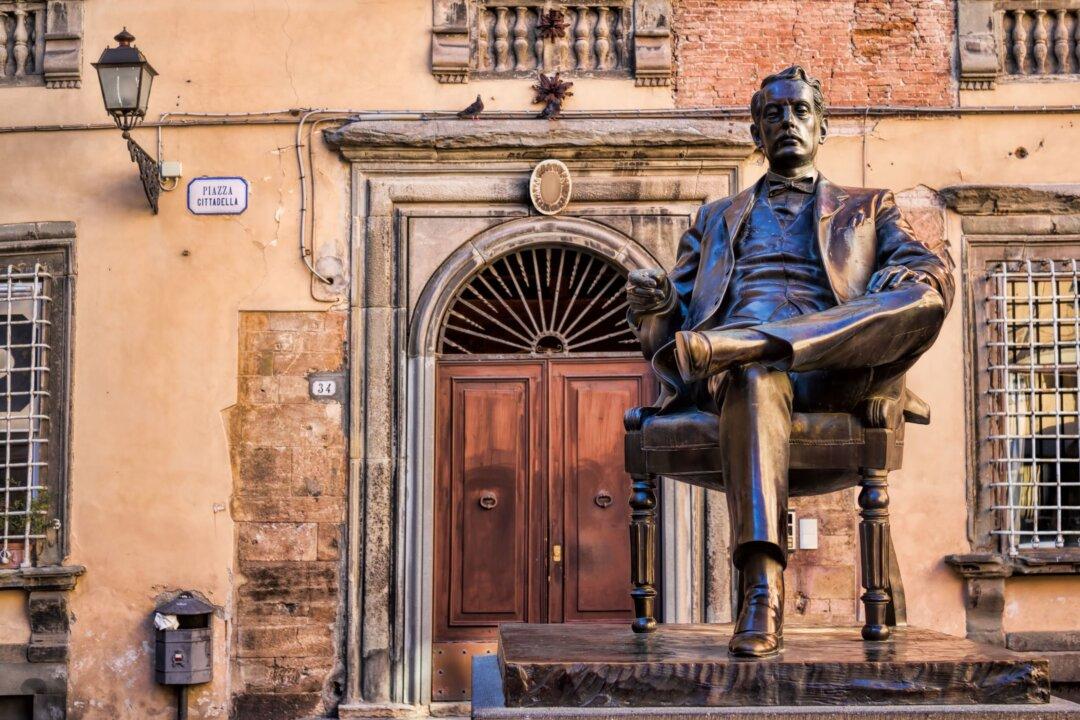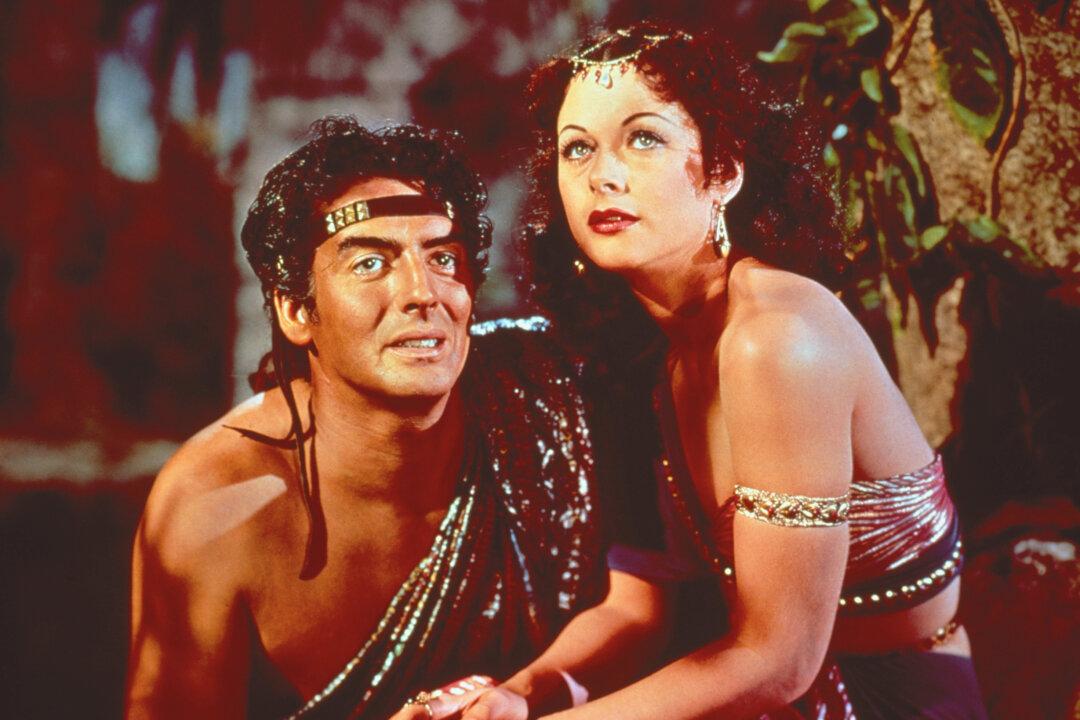Commentary
“In these days of wars and rumors of wars - haven’t you ever dreamed of a place where there was peace and security, where living was not a struggle but a lasting delight? Of course you have. So has every man since time began. Always the same dream. Sometimes he calls it Utopia - Sometimes the Fountain of Youth - Sometimes merely ‘that little chicken farm.’ One man had such a dream and saw it come true. He was Robert Conway - England’s ‘Man of the East’ - soldier, diplomat, public hero.”





